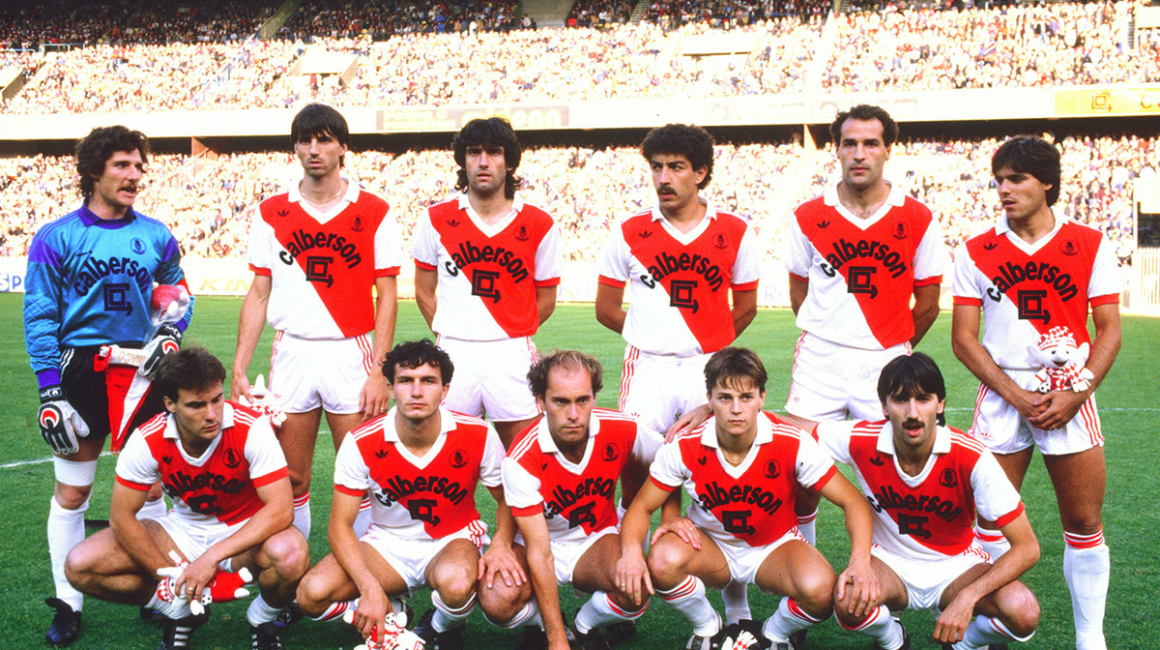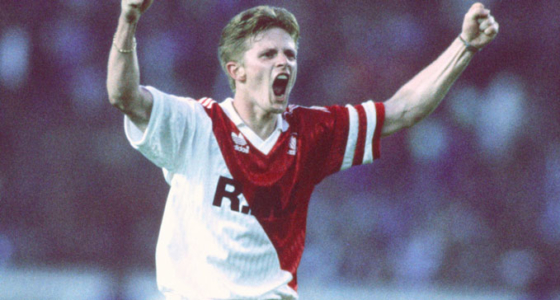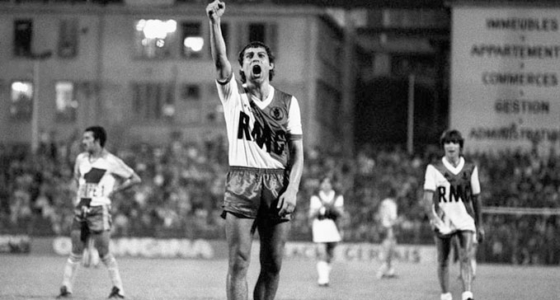The 1980s: At the Top Table

Trophies, podiums and consistency in Europe: The ’80s confirmed AS Monaco as a top team
Three renowned coaches succeeded each other during the 80s: Gérard Banide, Lucien Muller, Stefan Kovacs, then came the time for a young coach named Arsène Wenger, in 1987. The latter gave AS Monaco a real European reputation. During the 1981-1982 season, the Rouge et Blanc would win their fourth French championship title in the club’s history, the second major trophy for Gérard Banide after the 1980 Coupe de France. After a disappointing sixth place finish in 1982-1983, Lucien Muller took the helm of the team for what would be a historic 1983-1984 season. Indeed, AS Monaco were very close to a second double, finishing tied with Bordeaux atop the league, but with a lower goal difference, and fell in the final of the Coupe de France against FC Metz.
The new Stade Louis-II opens
The 1984 -1985 season was then marked by the opening of a new Stade Louis-II. An architectural jewel with 20,000 seats (currently 17,000) which contains, in addition to the football pitch, an athletics track, an auditorium with 3,000 seats, an Olympic swimming pool, several sports venues, the club’s headquarters, the training center, as well as a school and numerous offices. Once again AS Monaco were having a thrilling season. Even if the league campaign wasn’t the best, the team still managed to finish third, and would win the Coupe de France by beating Paris Saint-Germain in the final in his den at the Parc des Princes .
The Wenger Years
After two seasons of average play, the arrival of Arsène Wenger in 1987-1988 would mark the beginning of a new era. His first season was a master stroke for the young coach from Alsace, as he led the team to his fifth league title in his first season, with in particular two English players who became fan favorites: Glenn Hoddle and Mark Hateley . Third in the league in 1988-1989, AS Monaco also played a legendary Coupe de France final, which they unfortunately lost 4-3 to OM. In addition, the club qualified, for the first time in its history, for the quarterfinals of the European Cup, the predecessor to the Champions League. It was also during this season that future Ballon d’Or, George Weah, made his first appearance in the Principality. This fine season was followed in 1989-1990 by another epic run in the Cupwinners’ Cup, losing a semifinal to Sampdoria in Genoa — AS Monaco had finally made their mark on the European scene.

